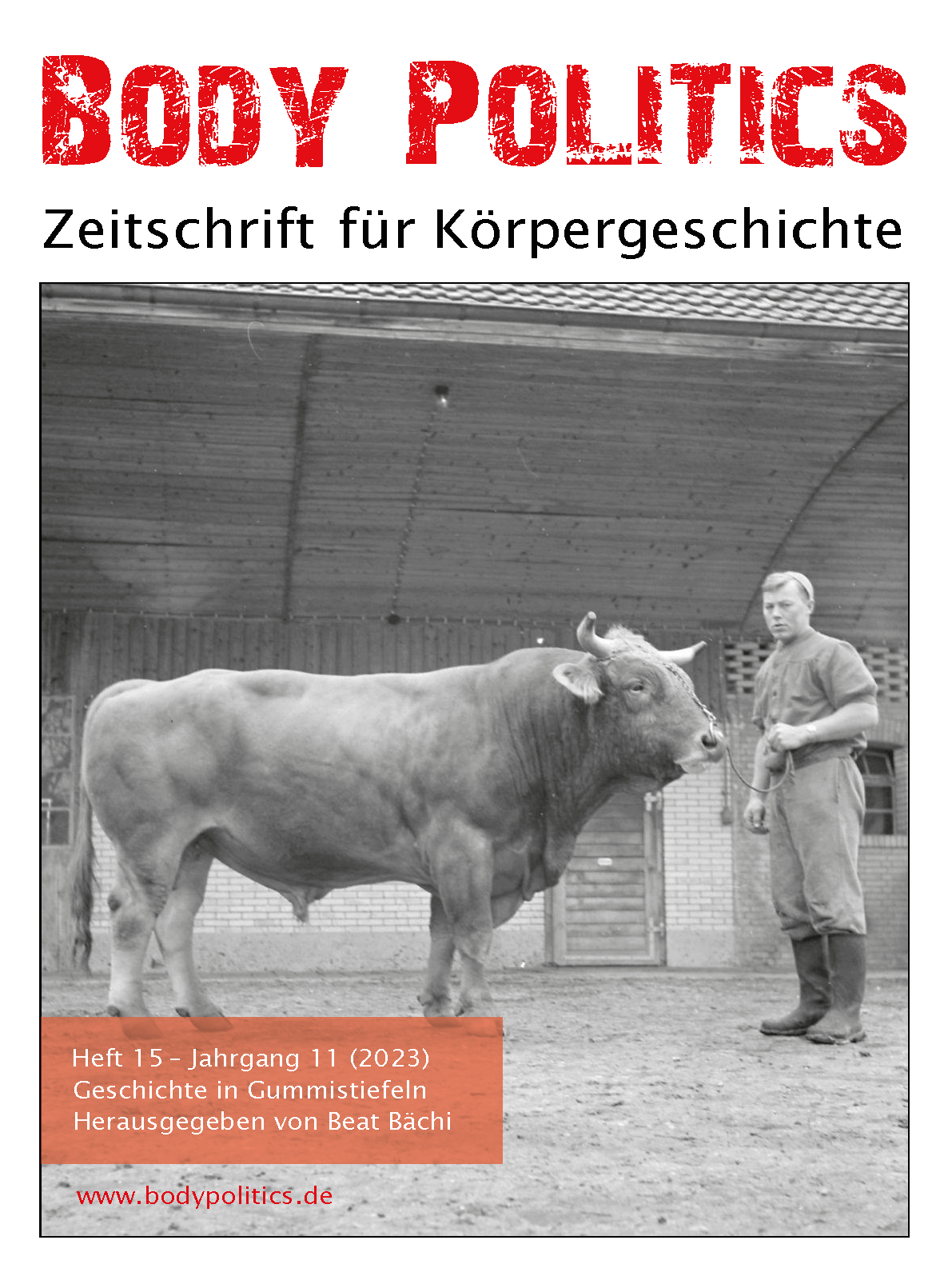Die Vermessung des animalischen Motors
Körpergrössen, Zugkraft und Metabolismus der Arbeitstiere, 1800–1950
DOI:
https://doi.org/10.12685/bp.v11i15.1552Abstract
English abstract: Working animals were an integral and important part of economic production systems in many parts of Europe during the 19th and up to the mid-20th century. Horses, oxen, donkeys, cattle, and dogs provided muscular energy, draft power and intellectual skills for countless farming and draft operations and were thus highly versatile and mobile prime movers in the agricultural and transportation economy. Given this ubiquity of working animals in 19th and 20th century societies, it comes as no surprise that they increasingly became an object of practical study, measurement, scientific observation, and intervention. This contribution explores how the body size of working animals changed in time as a result of a complex interplay between breeding, zootechnical interventions, feeding practices, and adaptation to changing economic and social circumstances. It traces how the animal body, its size, its tractive force, and its metabolism attracted considerable scientific and practical attention from farmers, engineers, zoologists, agricultural scientists, and veterinarians who tried to come to terms with the idiosyncrasies of what they increasingly perceived as the ‘organic motors’ and ‘animal machines’ on which the functioning of the industrializing economies of the 19th and early 20th centuries depended.
Downloads
Veröffentlicht
Ausgabe
Rubrik
Lizenz

Dieses Werk steht unter einer Creative Commons Namensnennung - Nicht-kommerziell - Keine Bearbeitung 3.0 International -Lizenz.


